Ask the Experts: Frank Wiedemann / Âme
One of house music's leading names goes deep on Innervisions, productions techniques, and balancing his touring with family life.
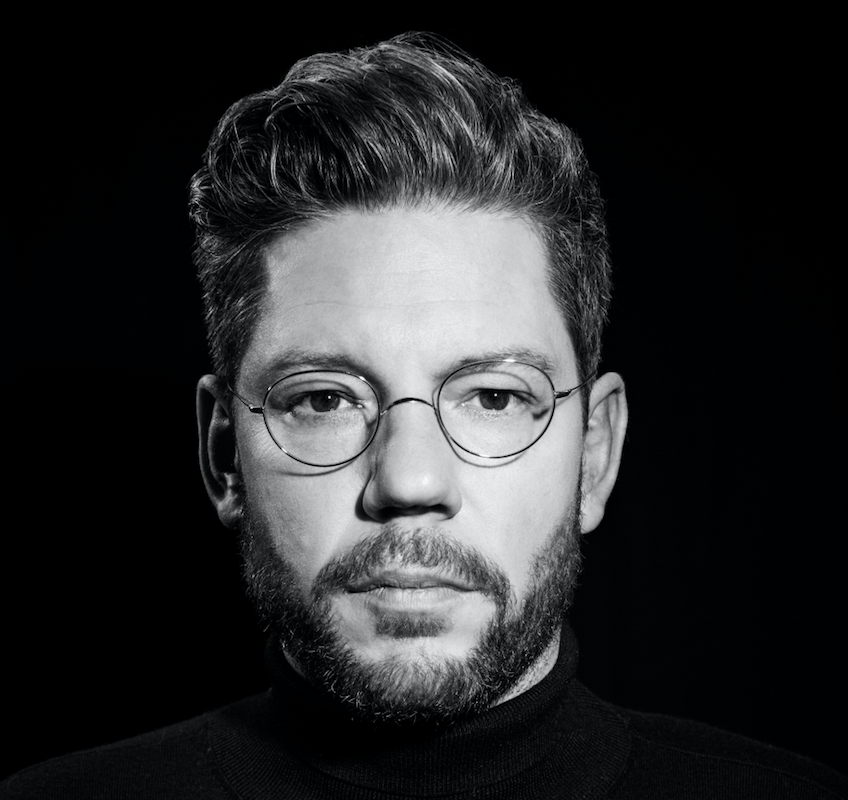
Ask the Experts: Frank Wiedemann / Âme
One of house music's leading names goes deep on Innervisions, productions techniques, and balancing his touring with family life.

Frank Wiedemann, the Berlin-based producer, remixer, and live performer is perhaps most widely known for his role in Innervisions, the lauded electronic music label and collective that he co-founded in 2005 with Steffen Berkhahn (a.k.a Dixon) and Kristian Beyer. Still, today, Innervisions, a former sub-label of Sonar Kollektiv, remains one of the most influential and reliable house labels in electronic music—an invaluable platform upon which Dixon, Wiedemann, and Beyer have gone on to become three of the most established artists within in the wider scene.
Together with Beyer as Âme, Wiedemann is also responsible for some of the most iconic house tracks and remixes of recent years—starting with 2005’s “Rej,” a minimal masterpiece that launched the duo to a global audience. For many years, too, the duo toured separately as DJs—often appearing in two different cities on the same date—until splitting their duties: while Beyer now plays as Âme the DJ, Wiedemann has been touring exclusively as a live act ever since 2010. This is, the duo explain, is much down to Wiedemann’s background in band music: it was in this domain that he spent much of his earlier years before embracing the club world. And his love for production and live performance has seen him become acknowledged as the “producer” of the Innervisions trio: while Dixon and Beyer are on the road, Wiedemann commits much of his time to the studio, opting to work on solo material, one of his various project—or on the upcoming Âme album, which is rumoured to be in the works.
As for other projects, Wiedemann works with Henrik Schwarz as Schwarzmann and RY X has Howling, a collaborative band-focused project that rose to acclaim in the wake of 2014’s Sacred Ground LP. Having recently dropped “Phases,” the first new music from their forthcoming full-length, more material is expected to land soon. Together, the duo also run Sacred Ground festival, a three-day event that takes place in a 100-year old farm in North Germany’s Uckermark. In addition to this, Wiedemann maintains a slow stream of solo EPs and remixes—in 2016 he released his debut solo EP on Innervisions and a stunning rework of I Have A Tribe‘s “Yellow Raincoats”—and also runs a new label called BIGAMO. It’s a wonderful and diverse collection of projects.
Wiedemann is set to perform as a co-host of Sacred Ground Festival, taking place from July 21-23 at a 100-year old farm in Uckermark, Germany. More information is here. He will also be performing live as Âme alongside many of electronic music’s biggest names at this year’s Into The Factory event, taking place from August 10 to 12 in Nynäshamn, Sweden. More information can be found here.
In addition to this, Âme (DJ) will also perform at this year’s Paradise City festival alongside Recondite, &Me, Agoria, and many more great artists. More information, including tickets, can be found here.
How do you divide the time between your projects: Howling / Âme / Schwarzmann / Frank Wiedemann?
I actually like having different projects because this allows me to reveal my different musical personalities and it also prevents it from becoming too boring. This is relevant for life and for studio work. Playing live as Schwarzmann and Howling is so different to playing live solo and producing with Kristian [Beyer]. After a Howling tour, for example, I am always looking forward to playing in a club alone, and then before a Howling tour, I am so excited to work with musicians. I’ve realized that it is important for me to have these different projects.
With Ry and Henrik, their time is limited — more so than Kristian’s, perhaps — and we have to be together to make music so when they’re available I will always put some time aside to concentrate on these respective projects. My solo work then fills the gaps, and then I also try to put some time aside to work with Kristian. With Âme, there are certain times where we need to be together in the studio: the initial creative idea and then the finishing—the fine tuning.
I also like the cross-over from these projects. There will be certain moments where I will be in the studio with Ry, Henrik or Kristian and then we will realize that this material is actually better for another project — and so each project clearly influences the other ones.
How come it took you so long to release your first solo material?
Simply because I was occupied with other projects. Often I am in the studio alone and so I have many sketches. Some of them go into the live show and some of them go on to be a finished track — but mostly with Âme. With my solo EP on Innervisions, it was a case that Kristian liked them but didn’t “feel” that they were Âme tracks. So I released them alone.
“If people pay you for the music you want to do then that’s great; but don’t become a musician to make a living—make the music you want and if you can earn money from it then it’s good.”
How did you make the jump from a “normal” life to a life as a producer, live act, label co-founder etc? And how much did it affect your personal life?
I’ve been playing music since I was eight. I played in bands, I DJed, and composed music. It was a long journey but it all kind of grew naturally—and it’s important that young producers don’t rush it. When people become 18 or 19 they want to be a DJ or producer and they try to push it; however, it’s important to invest your time and just let the music grow. For me, there wasn’t so much of a jump. It just happened naturally—and that’s how it continues now. We built the label because it felt natural. At a certain point, I met Kristian, Henrik, Ry or Steffen and we started making music—it was just organic growth.
If it comes to my experiences I’d say never do music just for the money. If people pay you for the music you want to do then that’s great, but don’t become a musician to make a living—make the music you want and if you can earn money from it then it’s good. I think it’s not healthy to make music in order make money.
How do you deal with the differences between a family life and your touring schedule? Do you manage to get a good balance between production, touring, label management, and family life?
It’s not easy—it’s a real challenge. I thought my job was perfect to be a father because I have a lot of “spare” time during the week — but this is not the case because there are so many things to do also n my “free time”; music, of course, press, label work, office things. And it also makes it hard because I am completely unavailable on the weekends so if there is an issue then I can’t come home immediately to be with them.
However, we have our routines and I try to spend as much time with the family as possible. Monday has become my new Sunday — or actually Tuesday, these days, to be honest.
A usual week is Monday off, Tuesday to Thursday in the studio or office, and then Friday to Sunday touring.
I consider travel as the time that I get paid for, whereas the playing is mostly the fun bit.
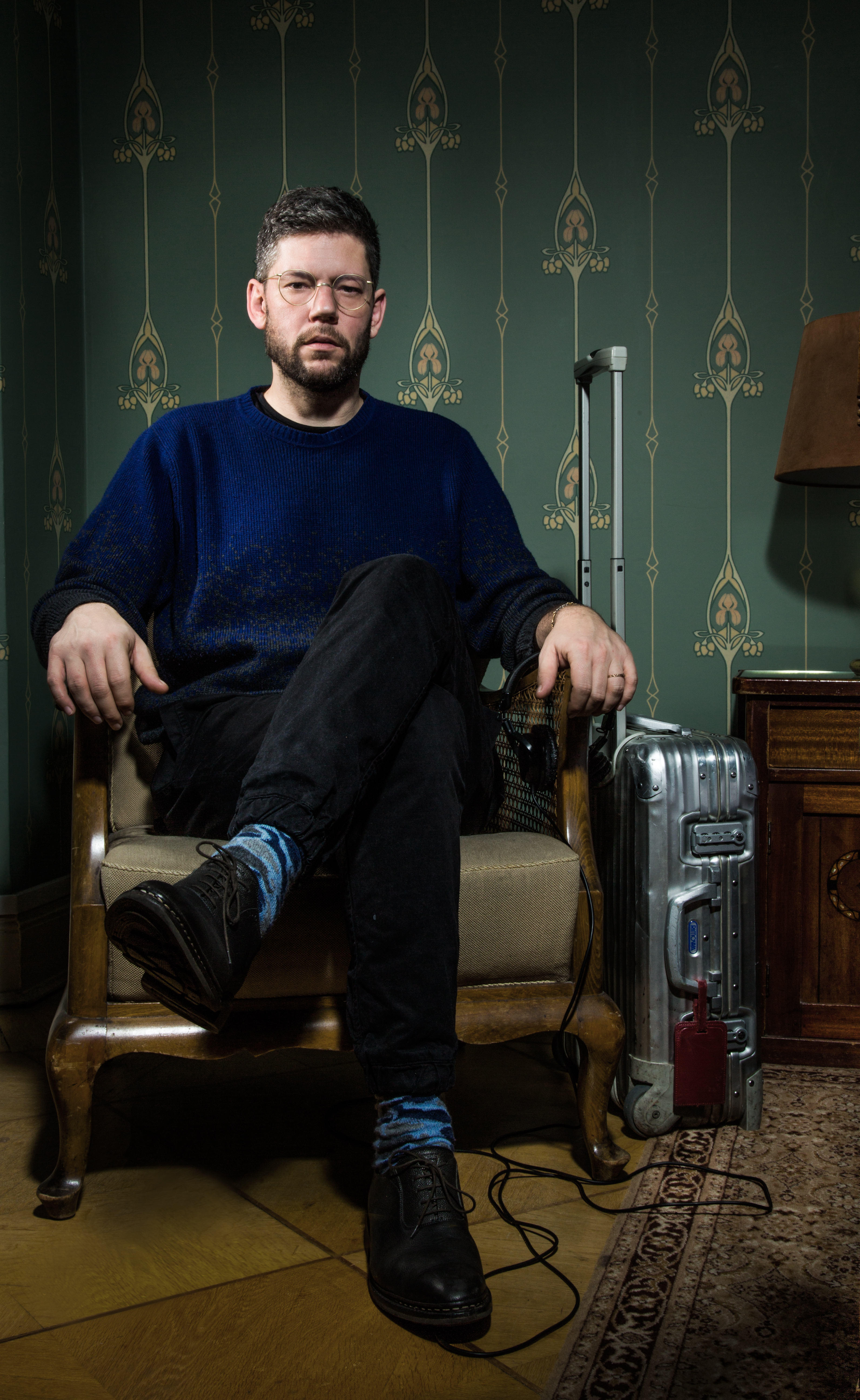
The quality of music that is released on Innervisions is really high. How do you guys decide on what to release from all of the tracks that you must get sent? Is it important that you already have a relationship with the artists on your label or would you still release a track from a completely unknown artist?
I am not the person who does the A&R for the label — Steffen and Kristian do that. But from the past, anyone can release on Innervisions; it doesn’t have to be friends. However, it can be hard to listen to all demos with so much music being sent in and we only do a limited number of releases per year. I think Kristian and Steffen do listen to a lot of the demos and it’s certainly not a rule that it has to be a friend; however, a lot of the material does come from friends or friends of friends because that is just how the industry works. For example, if another producer that we really like sends us a demo from his friend chances are higher that we give it a certain attention.
“There are so many of the Innervisions records that you could play today and people would still appreciate it and that makes me feel like we have done a good job.”
What is an Innervisions track?
So, for me, an Innervisions track should be more a song than a track—it’s not just a tool. It is always for a special moment. Even though we don’t always achieve it, the goal is to release timeless music. Now there are two forms of “timelessness” in my opinion: timelessness of a melody that sticks in your head even though the track will be outdated sound wise; and then tracks that will sound modern in any decade. Both aspects are important for us. For example Innervisions 9—Château Flight: still, when I listen to it I think it could be from today. There are so many of the Innervisions records that you could play today and people would still appreciate it and that makes me feel like we have done a good job.
If you were starting a label in today’s electronic music climate, how would you go about it?
I would do it just as we are today. There’s so much music being released today but all the usual control mechanisms — distributor, label manager, record store guy who is buying your record — are being skipped because of digital formats and streaming. This means that a lot of music is coming out that wouldn’t have been released before. And this means also that there is a lot more music for the consumer, but there is in my opinion also a lot of meaningless music. So there is particular emphasis on labels nowadays to filter through the “bad” music, and this means that labels are actually more important than ever.
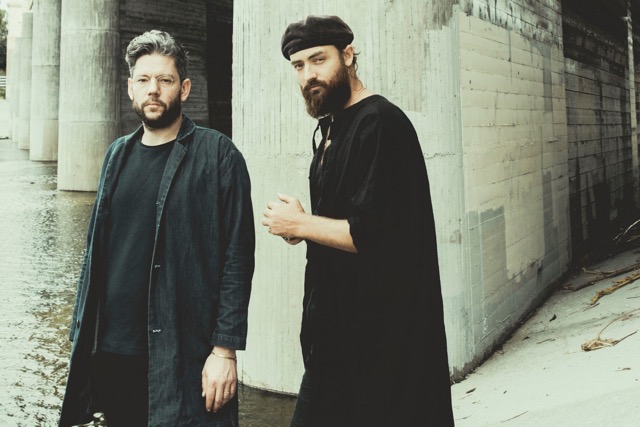
Do you produce tracks from the point of view of having to play them live at some point and let that influence the decisions that you make during their creation — or do you just let the track develop naturally and then work out how to perform it live once it is finished? Also, in the creative process, do you make critical decisions based on whether the track is going to “work” on the dancefloor or not, or do you feel complete creative freedom under the name of Âme?
I would never produce a track just so that it works — just for functionality. It must be musically satisfying for me. But of course we produce mainly club music and the aim is to make it work on the dancefloor. Whenever I have a new creation that has a club feeling I put it in my live set because this is a very good way of working out whether and how a song works or not.
“You hear something you’re inspired by and then there are two ways of dealing with it: one is just copying it which will probably not satisfy you that much; and the other is using it as inspiration to put in your own work..”
How do you see a connection between your work environment and your musical output? What do you see as being your main influences in the world in terms of inspiration? May it be nature, colors of stuff you see, human relations, or whatever.
Everything is inspiration. It can be nature, a movie, a piece of art, a book and, of course, other music which is probably the most inspiring for me. It could be a day with my son. I consider everything being part of it. I watch a lot of documentaries about how music has been produced — like watching a documentary on The Beatles and then applying these ideas to your own work. For example, James Brown took the Blues to another level, he created his version of funk. You hear something you’re inspired by and then there are two ways of dealing with it: one is just copying it which will probably not satisfy you that much; and the other is using it as inspiration to put in your own work, expand your musical language—and this development will be much more satisfying. As an example, I made a couple of sessions with Henrik [Schwarz] which we called “Ethnological Studies,” which meant that we spent a day just finding how for example Indian Ragas work—harmonic structures, rhythms, etc. We were just trying to understand. And at the end, such studies expand your musical vocabulary a lot.
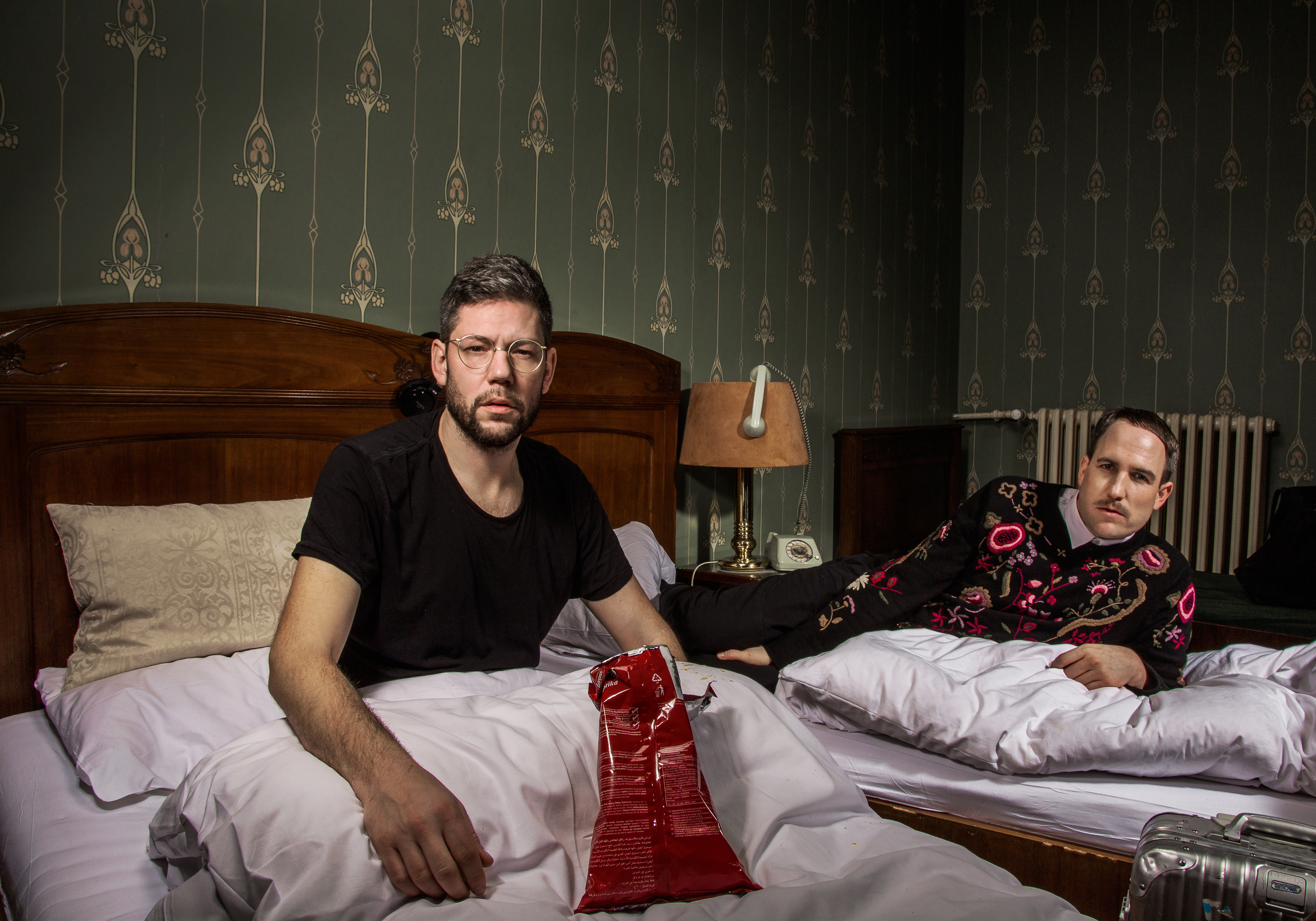
Can you explain what your creative process is? Do you try to have creative sessions every day, do you have any specific routines, workflows or habits that help you to be more creative and how does your process change when collaborating with others?
The fact that I am a father now makes me use my time more effectively. So for me, I have three days per week in the studio. It certainly helps to have a couple more days in a row.
Most of the tracks come either from jams or from certain ideas—for example, recording drums in a specific way. It’s very inspiring to try to get behind other productions to understand, read, or watch documentaries to know how other artists did things—and that inspires you to use those techniques in a modern way or at least in your own way.
“…with “Rej,” we started with a completely different track. The only thing we kept in was the melody, which used to be an arpeggio over the whole song.”
Your tracks always have such an amazing emotional content to them. Is this something that you think about from the outset—do you have a specific concept or idea for the story/journey that each track will tell before starting or do you just try out different ideas until one of them catches your ear and resonates with you then start developing it from there?
No, I don’t have a story in my head. Every track is kind of growing in a different way than it started, so maybe I have this one melody or beat — and then it ends up not being in the song. Like, for instance, with “Rej,” we started with a completely different track. The only thing we kept in was the melody, which used to be an arpeggio over the whole song.
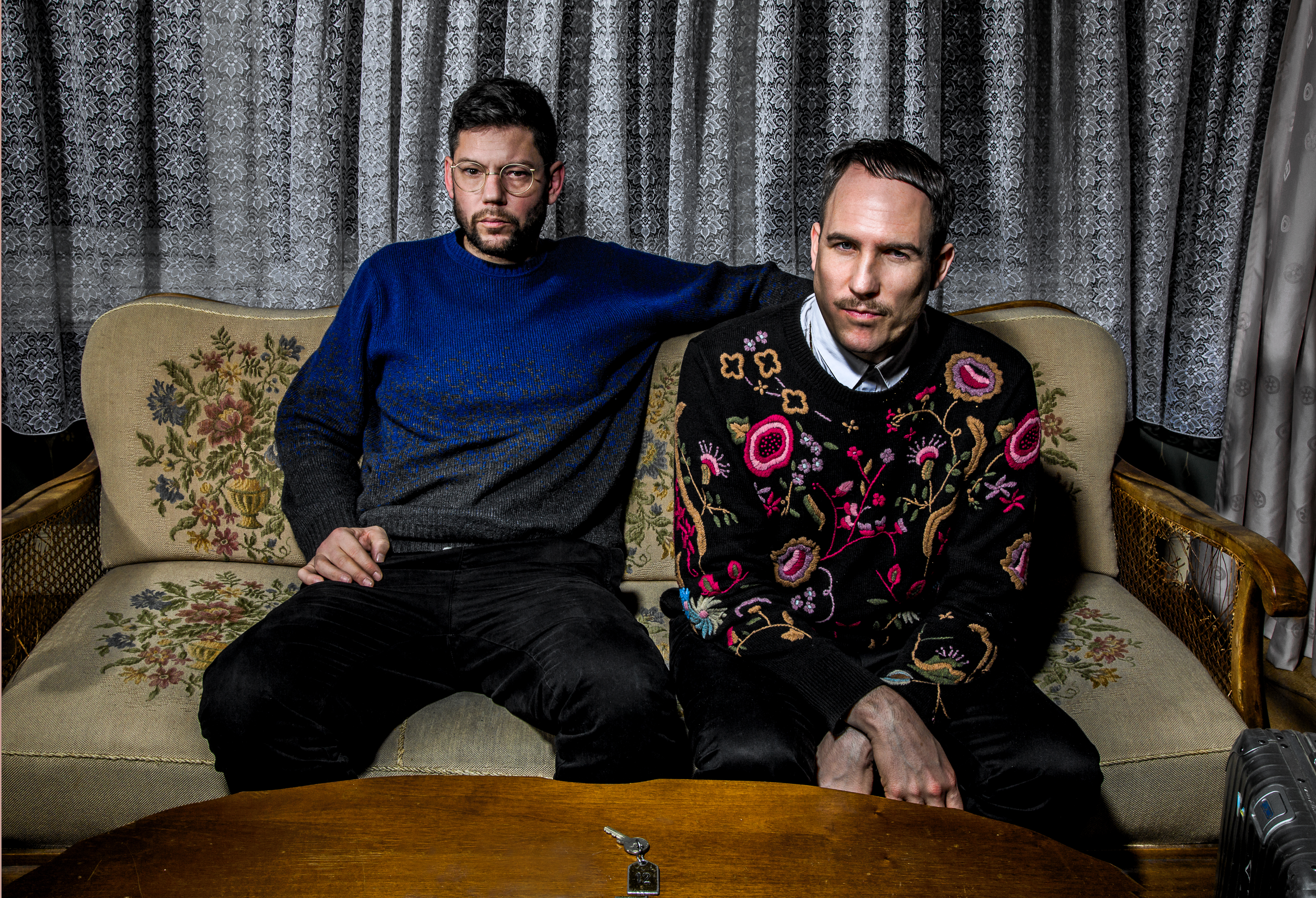
Does equipment—or gear—really matter? It’s an interesting topic, and I want to know your opinion.
No, gear doesn’t really matter. That’s really important. You look at those guys in Detroit when they invented the music we love—they made their sound using the cheapest drum machines and now it’s the sound we all admire. This means you maybe should find your personal cheap gear and create your own sound.
Limitation is also very important. Saying this with a lot of gear in the studio seems weird but I really like to reduce myself often to use only one or two pieces of gear. And I am hoping now that I have all this gear that it doesn’t impede my creativity.
At the end it’s not what you have; it’s what you do with it. It’s also good to try to get the maximum out of one plug-in or one piece of gear and know it inside out.
I believe that most of your production is quite minimalistic, yet extremely emotional. What is the secret recipe to achieving this full sound?
First, I don’t think it’s minimalistic—it has too many layers for that. I think it’s one of the hardest things to do to use very few elements and make a track still sound on point — it’s something I am always striving to do. That’s actually the most interesting thing to achieve and I am continually working on it. I am still trying to find the secret recipe myself.
If you think of a band in the ‘50s, they had one or two microphones in the middle of the room and they had to play it perfectly. Nowadays we can have as many channels as we want and we can have three kick drums layered. It’s really hard but one should reduce himself on fewer sounds and elements.
Âme remixes always bring out the best of the original tracks and then elevate it to a new level. What is your approach to working on a remix and how does it differ to woking on an original track?
For us—as Âme—if we agree to do a remix then we have to like the original song. Then there are two ways of doing a remix: one is having an almost club-ready track and just editing it, but the other one is more interesting — when you put it into a different context. For example, Toto Chiavetta just reworked a Howling track—a typical Howling song—and he transformed it into an almost Latin House, New Jersey track, but with a very modern sound aesthetic. This is when I enjoying doing a remix.
With Yellow Raincoats, we have a good relationship with the label. They rereleased a lot of stuff that we love, and they sent us a track. I was in contact with I Have A Tribe, and he is very lovely. I just really liked the track and I wanted to work on it.
I approach it like I do an original production—it’s normally easy to make the first steps but then the time-consuming part is to “distil” all the ideas into a final version.
“It’s all about the flow in techno music but for me it’s all about the single song—the short moment. I have always been a musician—even when I was DJing.”
How come you decided to play live instead of DJing?
I am a musician. I have never been a typical techno or a house DJ; I am not the guy who is in this kind of trance for 24 hours. But I understand that people want it. I want to do the best that I can for an hour—and it should be special. That’s just who I am and what I enjoy. It’s all about the flow in techno music but for me it’s all about the single song — the short moment. I have always been a musician — even when I was DJing.
“Moorthon II” still gives me goosebumps every time I listen to it. I’m a young aspiring producer and I need a little bit of inspiration. I was wondering, how long did it take you from when you first started producing to get to the point where you felt “happy” with your tracks. I know that you probably never feel 100% happy with what you produce, but after how long producing did you feel that you were finally ready to start sending demos out to labels?
I made a lot of music before I was ready to release anything —but this was not necessarily club music. As Âme we made our first release in 2001, and this was actually only the second track we produced together. The only track we didn’t finish was the very first one.
One thing I would say, however, is this: in the very beginning it’s important to not spend too much time on each track because you will get stuck. Always kill your darlings: if you are stuck then put it aside and come back to it later.
Also, it’s likely that the first music you make will be heavily inspired by other styles and it will take you some time to find your own voice. Be patient — always take your time to discover what you’re trying to achieve because if you do something that is good then it will find its way.
What are the main differences in the approach to music, between a DJ set and a live set? Finally, can you briefly explain your setups? (links, MIDI, software, hardware) and the set up for a live performance, is the same in the studio?
My live setup is pretty simple. I use Ableton and a Macbook. I use two controllers which allow me to tweak the stuff—not too many things because too many possibilities take you away from making music. I have a drum machine and one or two synths, depending on where I am traveling. In the Ableton set I have eight parts per song, so I can arrange the song live—and I am quickly getting to the way of using the drum machine and synths to build something new from the parts that I have. So I am beginning to improvise more—so that each track sounds different every time I play it which allows me to remain excited.
In the Ableton setup, I have two MIDI tracks—one is drums and one is a synth that I can tweak—and the rest is audio files. I also have filters. I am limiting my setup to give myself more freedom.
At the beginning, I tried to replicate the songs as much as possible because I had to mix live and this gave me no freedom at all. I didn’t like this because it was very boring. I tried to find the essential elements or moments, and then I can add vocals or whatever from other tracks.
“I consider myself as doing a concert rather than a set.”
Do you have moments where you are booked but you do not feel like to performing?
It often happens that I am exhausted because of traveling and I arrive and don’t want to play. But I am lucky because I really enjoy playing so most of the time I am in my zone when I start playing and so 95% of the time I do have fun. The good thing about playing live is also that I am doing it for myself: I consider myself as doing a concert rather than a set. There are always ups and downs and I appreciate it if people are aware of this. That’s why I try to make that one hour a concert rather than just a regular DJ set.
Âme (DJ) will be performing at this year’s Dancity Festival in Foligno, Italy, alongside some of dance music’s biggest names. More information here.

